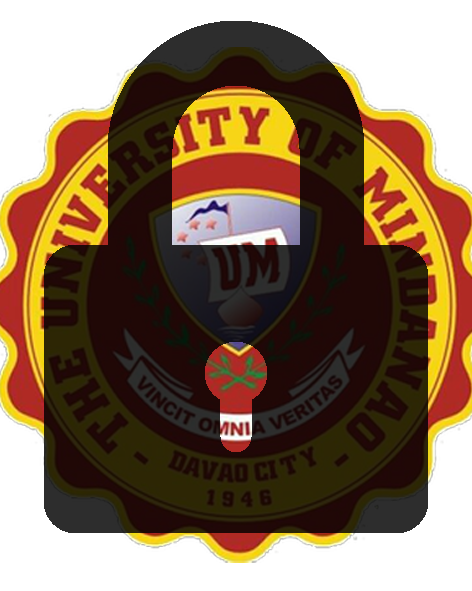Mangima stone as a component in pervious concrete design

View/
Date
2023-07Author
Bautista, Jocianne Mae Grace
Caballes, Jeffrey
Micabani, Nash John
Keywords
Citation Tool
Metadata
Show full item recordAbstract
The Philippines is an archipelago surrounded by oceans and seas, which can
significantly influence the weather and develop typhoons. The surface water exceeds the drainage system's capacity and the soil's ability to absorb water resulting in flash floods and increased runoff. Thus, by using pervious concrete on pavements, floods can
be minimized because of the permeability of the surface. This study specifically seeks
to determine the ideal composition of the design mix by evaluating the results of various tests. Also, to correctly characterize inputs for the pervious concrete design method, compressive strength, flexural strength, porosity, and infiltration, are tested using three mix designs. Researchers have found that the Mangima stone mixture of 5:1 ratio that has undergone 28 days of curing achieved the highest compressive and flexural strength compared to other design mix proportions. Mangima stone pervious mixture, compared with ordinary pervious concrete mixtures, the lower porosity and infiltration rate are observed. Based on the study's findings, pervious concrete with a 7:1 ratio of Mangima stone exhibits the maximum porosity and infiltration. These findings support the notion that utilizing Mangima stones as aggregates can enhance strength and achieve adequate infiltration rates.
Collections
- Undergraduate Theses [639]
Publisher
College of Engineering Education
